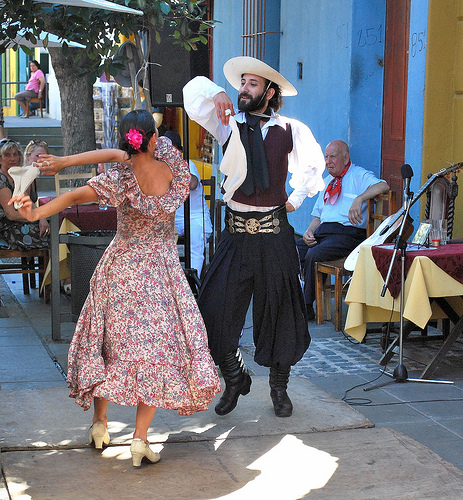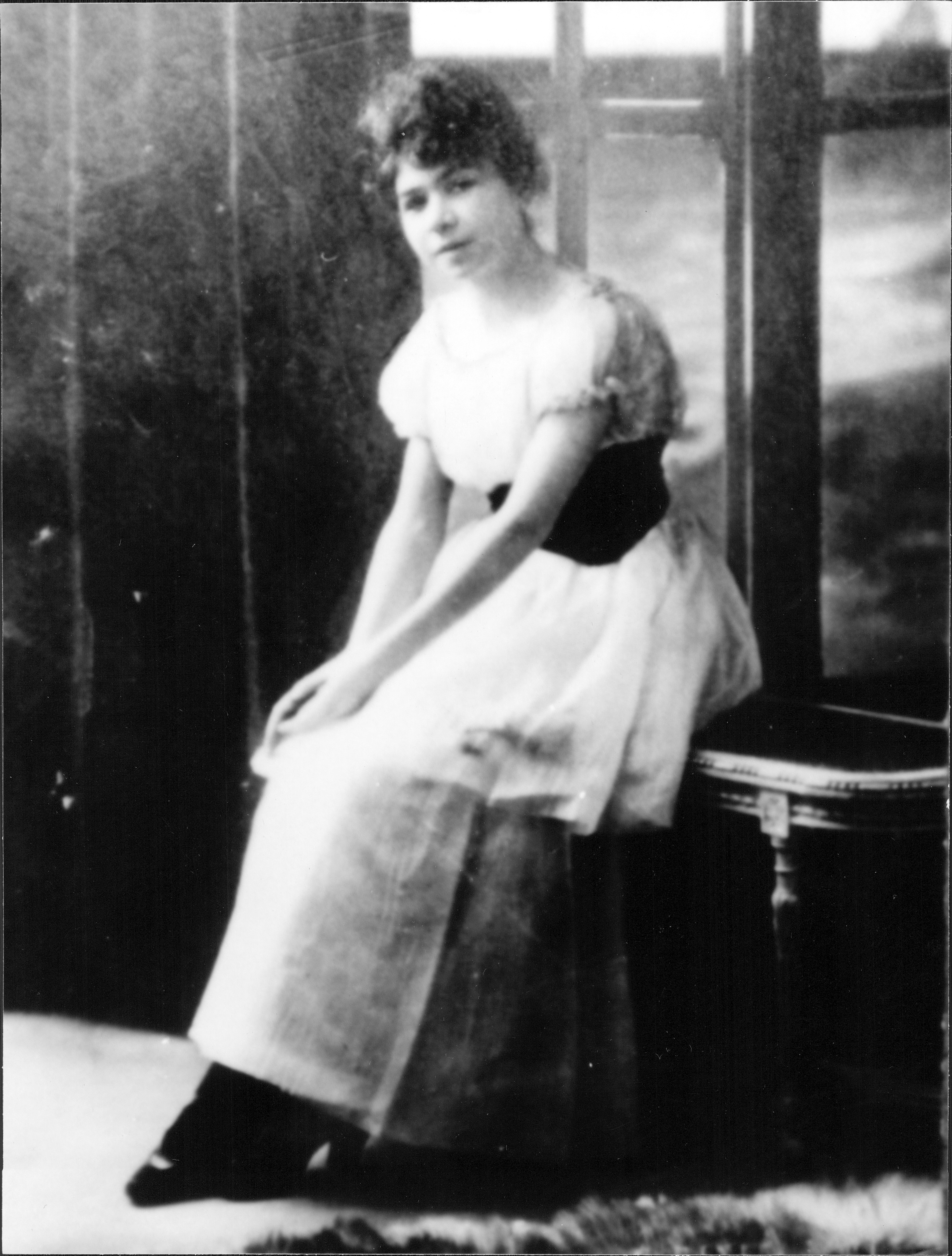|
Alfonsina Y El Mar
"Alfonsina y el mar" () is a zamba composed by Argentine pianist Ariel Ramírez and written by Argentine writer Félix Luna. It was first released as part of Mercedes Sosa's 1969 album ''Mujeres argentinas''. The song is a tribute to Argentine poet Alfonsina Storni, who committed suicide in 1938 by jumping into the sea from a jetty A jetty is a structure that projects from land out into water. A jetty may serve as a breakwater, as a walkway, or both; or, in pairs, as a means of constricting a channel. The term derives from the French word ', "thrown", signifying somet .... The song is a classic and has been interpreted by many artists of different nationalities. References Further reading * 1969 songs {{Folk-song-stub ... [...More Info...] [...Related Items...] OR: [Wikipedia] [Google] [Baidu] |
Ariel Ramírez
Ariel Ramírez (4 September 1921 – 18 February 2010) was an Argentine composer, pianist and music director. He was considered "a chief exponent of Argentine folk music" and noted for his "iconic" musical compositions. Ramírez is known primarily for his ''Misa Criolla'' (1964). It allowed him to travel around Europe and Latin America to build his reputation. However, he wrote more than 300 compositions during his career, and sold millions of albums. Biography Ariel Ramírez was born in Santa Fe, Argentina. His father, who was from Spain and immigrated to Argentina, was a teacher and it had been thought Ramírez would also pursue this career path but the job lasted for just two days due to "discipline problems". He initially pursued tango before switching to Argentine folklore. He began his piano studies in Santa Fe, and soon became fascinated with the music of the gauchos and creoles in the mountains. He continued his studies in Córdoba, where he met the great Argentinian ... [...More Info...] [...Related Items...] OR: [Wikipedia] [Google] [Baidu] |
Félix Luna
Félix César Luna (30 September 1925 – 5 November 2009) was an Argentine writer, lyricist and historian. Life Luna was born in Buenos Aires to a family originally from La Rioja Province (Argentina), La Rioja in 1925. A grandfather had founded the La Rioja chapter of the newly established centrist Radical Civic Union (UCR) in 1892, and an uncle, Pelagio Luna, had been Vice President of Argentina for President Hipólito Yrigoyen, between 1916 and 1919. He enrolled at the University of Buenos Aires and earned a law degree in 1951. He was first published in 1954 with his biographical work ''Yrigoyen''. Opposed, as most in the UCR were, to the populist President Juan Perón, Luna, after the Revolución Libertadora, 1955 overthrow of Perón, was appointed Director of the Ministry of Labor's Employee Benefits Plan in 1956. Luna received his first literary prize in 1957 for his period tale ''La fusilación'' (''The Firing Squad''); set in the nineteenth century, the work followed the ... [...More Info...] [...Related Items...] OR: [Wikipedia] [Google] [Baidu] |
Alfonsina Y El Mar
"Alfonsina y el mar" () is a zamba composed by Argentine pianist Ariel Ramírez and written by Argentine writer Félix Luna. It was first released as part of Mercedes Sosa's 1969 album ''Mujeres argentinas''. The song is a tribute to Argentine poet Alfonsina Storni, who committed suicide in 1938 by jumping into the sea from a jetty A jetty is a structure that projects from land out into water. A jetty may serve as a breakwater, as a walkway, or both; or, in pairs, as a means of constricting a channel. The term derives from the French word ', "thrown", signifying somet .... The song is a classic and has been interpreted by many artists of different nationalities. References Further reading * 1969 songs {{Folk-song-stub ... [...More Info...] [...Related Items...] OR: [Wikipedia] [Google] [Baidu] |
Zamba (artform)
Zamba is a traditional dance of Argentina. It is a style of Argentine music and Argentine folk dance. Zamba is very different from its homophone, the samba - musically, rhythmically, temperamentally, in the steps of the dance and in its costume. It has six beats to the bar and is a majestic dance, performed by couples who circle each other waving white handkerchiefs very elegantly. It has common elements with the cueca. Zambas are composed about many themes, from those that celebrate people or events of Argentine history, to those that describe the beauty of a region, or of its women. There are zambas of political protest, and even one called ''Aerolíneas Argentinas''. The ''bombo legüero'' drum is prominent in the playing of the zamba. Name and origin The name "zamba" refers to a colonial term for zambo (people that are descendants of Amerindian and African people). It is therefore called zamba because its lyrical content was aimed at its native listeners. The dance originate ... [...More Info...] [...Related Items...] OR: [Wikipedia] [Google] [Baidu] |
Mercedes Sosa
Haydée Mercedes Sosa (; 9 July 1935 at BrainyHistory.com – 4 October 2009), sometimes known as ''La Negra'' (, an affectionate nickname for people with a darker complexion in Argentina), was an Argentine singer who was popular throughout Latin America and many countries outside the region. With her roots in Argentine , Sosa became one of the preeminent exponents of ''El nuevo cancionero''. She gave voice to songs written by many Latin American songwriters. Her music made people hail her as the "voice of the voiceless ones". Sosa performed in venues such as the |
Alfonsina Storni
Alfonsina Storni (22 May 1892 – 25 October 1938) was an Argentine poet and playwright of the modernist period. Early life Storni was born on May 29, 1892 in Sala Capriasca, Switzerland. Her parents were Alfonso Storni and Paola Martignoni, who were of Italian-Swiss descent. Before her birth, her father had started a brewery in the city of San Juan, Argentina, producing beer and soda. In 1891, following the advice of a doctor, he returned with his wife to Switzerland, where Alfonsina was born the following year; she lived there until she was four years old. In 1896 the family returned to San Juan, and a few years later, in 1901, moved to Rosario because of economic issues. There her father opened a tavern, where Storni did a variety of chores. That family business soon failed, however. Storni wrote her first verse at the age of twelve, and continued writing verses during her free time. She later entered into the Colegio de la Santa Union as a part-time student. In 1906, her ... [...More Info...] [...Related Items...] OR: [Wikipedia] [Google] [Baidu] |
Jetty
A jetty is a structure that projects from land out into water. A jetty may serve as a breakwater, as a walkway, or both; or, in pairs, as a means of constricting a channel. The term derives from the French word ', "thrown", signifying something thrown out. For regulating rivers Another form of jetties, wing dams are extended out, opposite one another, ''from each bank of a river'', at intervals, to contract a wide channel, and by concentration of the current to produce a deepening. At the outlet of tideless rivers Jetties have been constructed on each side of the outlet river of some of the rivers flowing into the Baltic, with the objective of prolonging the scour of the river and protecting the channel from being shoaled by the littoral drift along the shore. Another application of parallel jetties is in lowering the bar in front of one of the mouths of a deltaic river flowing into a tide — a virtual prolongation of its less sea, by extending the scour of the rive ... [...More Info...] [...Related Items...] OR: [Wikipedia] [Google] [Baidu] |
El Mundo (Spain)
''El Mundo'' (; ), before ''El Mundo del Siglo Veintiuno'', is the second largest printed daily newspaper in Spain. The paper is considered one of the country's newspapers of record along with '' El País and ABC.'' History and profile ''El Mundo'' was first published on 23 October 1989. Perhaps the best known of its founders was Pedro J. Ramírez, who served as editor until 2014. Ramirez had risen to prominence as a journalist during the Spanish transition to democracy. The other founders, Alfonso de Salas, Balbino Fraga and Juan González, shared with Ramírez a background in Grupo 16, the publishers of the newspaper ''Diario 16''. Alfonso de Salas, Juan Gonzales and Gregorio Pena also launched '' El Economista'' in 2006. ''El Mundo'', along with '' Marca'' and '' Expansión'', is controlled by the Italian publishing company RCS MediaGroup through its Spanish subsidiary company Unidad Editorial S.L. Its former owner was Unedisa which merged with Grupo Recoletos in 2007 to ... [...More Info...] [...Related Items...] OR: [Wikipedia] [Google] [Baidu] |
La Nación
''La Nación'' () is an Argentine daily newspaper. As the country's leading conservative newspaper, ''La Nación''s main competitor is the more liberal '' Clarín''. It is regarded as a newspaper of record for Argentina. Its motto is: "''La Nación'' will be a tribune of doctrine." It is the second most read newspaper in print, behind ''Clarín'', and the third in digital format, behind ''Infobae'' and ''Clarín''. In addition, it has an application for Android and iOS phones. The newspaper's printing plant is in the City of Buenos Aires and its newsroom is in Vicente López, Province of Buenos Aires. The newsroom also acts as a studio for the newspaper's TV channel, LN+. Overview The paper was founded on 4 January 1870 (replacing the former publication ''Nación Argentina''), by former Argentine President Bartolomé Mitre and associates. Until 1914, the managing editor was José Luis Murature, Foreign Minister of Argentina from 1914-1916. Enjoying Latin America's largest r ... [...More Info...] [...Related Items...] OR: [Wikipedia] [Google] [Baidu] |
Mondo Sonoro
''Mondo Sonoro'', sometimes shortened to ''la Mondo'', is a Spanish magazine established in 1994 which focuses on current alternative, popular and indie music, as well as national emerging bands. Co-founded by Sergio Marqués and Jose Macarro in Barcelona, Dani López joined them in 1995 and they are still in charge of the magazine. By 2019, ''Mondo Sonoro'' had a circulation of 125.000 monthly copies and over two million visits to its website every year. ''Mondo Sonoro'' is distributed every month in clothes shops, discos, pubs and music venues for free, in eight regional divisions of Spain (Madrid, Catalonia-Balearic Islands, Valencian Community, Basque Country, Asturias-Cantabria, Galicia-Castile and León, Aragón, and Andalusia-Murcia-Extremadura), having a local edition for each area. The magazine organises the yearly events ''Fiesta Demoscópica'' and ''Plaza Sonora'', both serving as springboards for emerging bands. History ''Mondo Sonoro'' was founded in 1994 by Sergio ... [...More Info...] [...Related Items...] OR: [Wikipedia] [Google] [Baidu] |




.jpg)